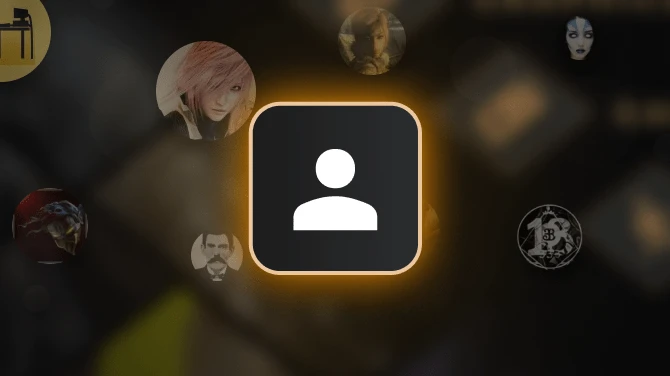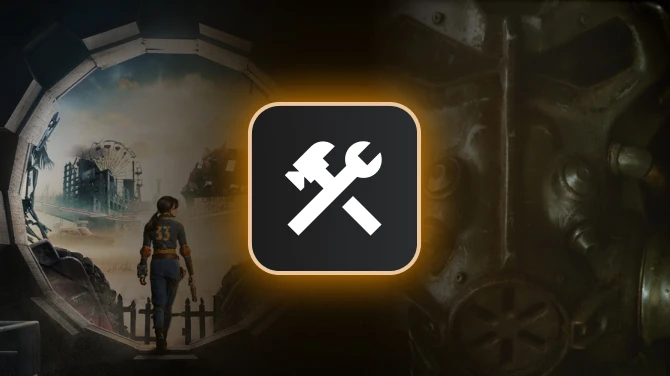While modding Skyrim brings a great deal of enjoyment to the game, it is not a quick and simple process. Time and care are required if you wish to have a properly functioning setup. That said, following good modding practices will greatly improve the stability of your game (and presumably your enjoyment of it). Here is a list of best practices. Please notice, in the interests of brevity, this may require more research on your part for items listed here.
- Where at all possible, install both Steam and Skyrim on a separate internal drive. If using another internal drive is not possible, install at the root in a new folder (for instance C:\Games\Steam). Do NOT install either Steam or Skyrim in Program Files or Program Files (x86). Although Steam will try to install there by default the destination folder can be, and should be, changed. By the same token, install your mod manager and any tools in this new folder as well (for instance C:\Games\Skyrim Tools).
- Spend the time and get comfortable with the tools you will need: your mod manager (Vortex or MO2), LOOT, WryeBash, and SSEEdit. Particularly your mod manager and SSEEdit you will be spending a lot of time with. Note: almost all the Legacy team use Mod Organizer 2, so mod manager related comments will be geared towards that rather than Vortex.
- Install and configure recommended utilities: SKSE, Address Library for SKSE Plugins, Bug Fixes, SSE Engine Fixes, .NetScriptFramework (on SSE 1.5.x) or Crash Logger (on SSE1.6.x), and More Informative Console. These are informational and stability tools that while not absolutely required might as well be, and really should be in every load order. Edit: if you are running very large load orders, SSE Engine Fixes moves from the realm of strongly-suggested to required.
- Use an alternate start mod, such as Live Another Life. As an example, most people have seen or heard about the cart sequence that opens the vanilla game bugging out and flinging the cart and horse all over the place - commonly called "Ulfric's Wild Ride". The reason is that too many scripts are trying to execute at once while the game is configuring itself, which will cause problems going forward in your save game. Using an alternate start mod allows running scripts to properly finish execution, which makes for a more stable game. Do not forget to wait 2-5 minutes after creating your character (and do not wait in a menu or with the wait function; just stand there) before starting play.
- Curate your load order. This will require many throw-away games to test things until you have finalized a list of mods to work from. During this process, start new games from the new game button on the main menu. A so-called clean save (from inside the Alternate Start - Live Another Life prison cell for instance) is not equivalent to a new game and should never be done.
- Properly sort your load order. Use LOOT as a starting point, and then read through your load order and make any adjustments as necessary by hand. Please note that adjustments are not "the mod author said to put it at the bottom". This is a lazy way to not deal with the incompatibilities their mod might cause. Intelligently look at your load order and decide between which mods that touch similar things, which in general should win. This will save you time later.
- Spend the needed time to resolve conflicts between various mods and patches. This can be weeks, depending on your skill/experience at resolving conflicts and the number of mods in your setup. Putting the work in upfront translates to greater game stability. There are two types of conflicts within Skyrim modding. Asset conflicts cover mods that have a replacement for the same mesh, texture, or script. Asset conflicts can be resolved with Mod Organizer by hiding the asset you wish to disregard, arranging your load order and asset order in Mod Organizer, or by removing the conflicting file. The second type of conflict is between two or more plugins. Plugin conflicts should be resolved by making one or more patches in SSEEdit.
- Generate a bashed patch with WryeBash to handle leveled lists unless you are skilled enough to do it manually. Even so, check the patch afterwards in SSEEdit. Go through every record and ensure that the right-most record is exactly what you want to be reflected in your game. Where records are not what you wish, either edit the bashed patch directly, or (better still) create your own conflict resolution patch that going forward will load after the bashed patch. The advantage here is that if the bashed patch changes between games, your custom patch may not need to.
- Don't add/remove/update/reorder your mods after you have started playing unless you are willing to start a new game. Seriously. Your save game is created the instant you hit the New Game button, and data from every mod that has script data and persistent records is baked into your save. That data cannot be changed, updated or moved. Please note this happens before you even have a chance to save the game yourself, which is why the idea of a "clean" early game save to make changes to is false and should never be done. Also, unless the mod has only texture files, the type of mod does not matter - only it's location for assets and/or plugins relative to other mods in the load order. There is a somewhat persistent myth that if a change was made and the game didn't crash immediately, that it must be fine. The problem is that issues will occur when the now incorrect data in the save game is referenced in-game, and will vary considerably in type of issues that arise. That could be right away, that could be 50 hours later. Often late enough that the user doesn't connect their issues with those earlier changes. With so many permutations of load orders, there is simply no way to know when and what is likely to happen. However, decreasing the stability of the save game is playing with fire and almost certain to be highly frustrating to the player.
- Don't use quicksaves (unless you have set them to full saves in Engine Fixes). Quicksaves are snapshots that do not properly halt script execution. This can result in broken or missing script properties in your save game, used repeatedly this can greatly hasten save game corruption.
- The console is a developer's tool that should be avoided during regular gameplay unless advised to in Legacy's FAQs or by a Legacy moderator/Dev. Exceptions are using help commands to get information, camera modes for screen captures, and very sparingly TCL. TCL can be useful for getting physically unstuck (such as between rocks) but be aware TCL bypasses trigger boxes, which can then break things. Move only as much as you need to get unstuck and then turn TCL back off.








